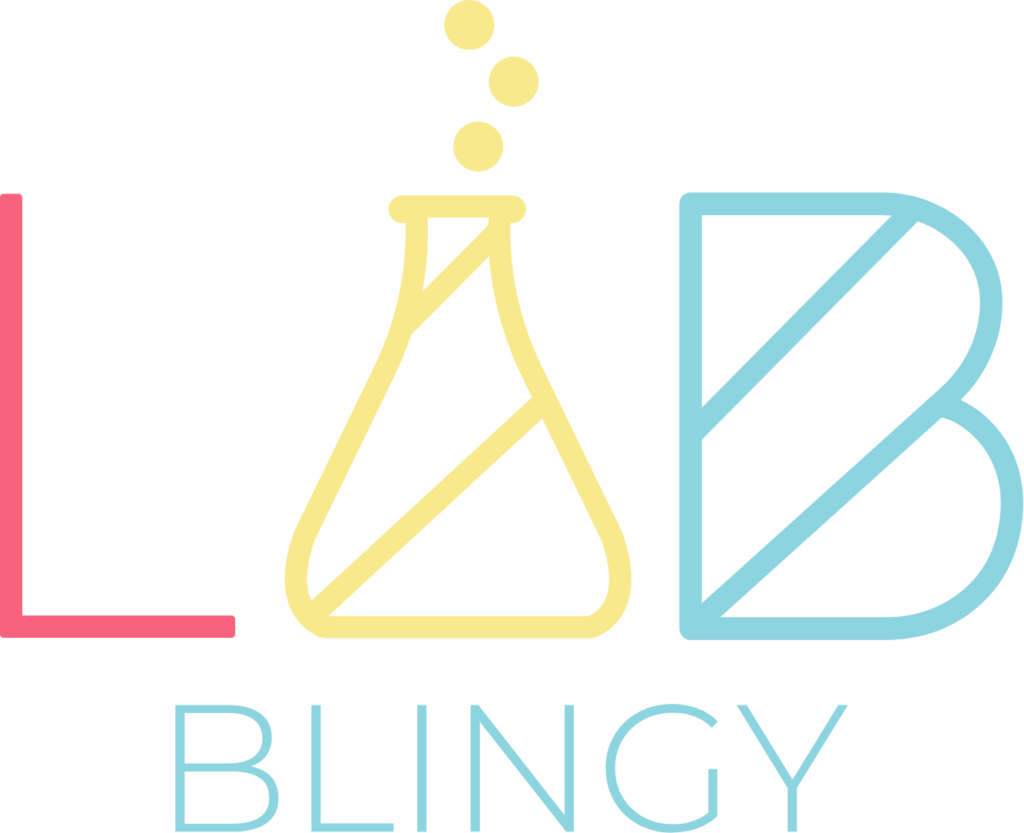In the rapidly evolving world of blockchain technology, two prominent players have emerged: public and private blockchains. These groundbreaking systems offer unique approaches to achieving transparency and control, two critical elements in the realm of decentralized transactions. Understanding the differences between these blockchain types is essential for individuals and businesses seeking to harness the power of distributed ledgers.
Public blockchains, epitomized by networks like Bitcoin and Ethereum, have revolutionized how we perceive trust and transparency in transactions. By leveraging decentralized consensus mechanisms, these open networks empower participants to verify and record transactions without relying on centralized intermediaries. The transparency they offer allows for greater accountability and audibility, providing a foundation for trust in an otherwise trustless environment. On the other hand, private blockchains take a different path, prioritizing control and privacy. These permissioned networks restrict access to select participants, allowing for more control over the Blockchain’s operations. Private blockchains enable organizations to securely share sensitive information, conduct confidential transactions, and maintain exclusivity that may be crucial in specific industries.
In this blog post, we demystify public and private blockchains, explore their advantages, and analyze the balance between transparency and control. Discover real-world use cases and trade-offs to make informed decisions about blockchain implementation. Join me in uncovering these Blockchain approaches’ potential applications and benefits. Gain valuable insights into the intricacies of transparency and control, shaping our decentralized future.
What is Public Blockchain?
Understanding public blockchains’ core concepts and characteristics is essential for grasping their immense potential in various industries. Let’s dive into public blockchains, exploring their defining features, the benefits they offer through transparency and decentralization, and showcasing real-world examples that demonstrate their impact.
- Defining Public Blockchain: Public blockchains are decentralized networks that allow anyone to participate in and validate transactions without relying on a central authority. They operate on a trustless system where consensus is achieved through distributed mechanisms such as Proof of Work (PoW) or Proof of Stake (PoS). The openness and inclusivity of public blockchains make them a powerful tool for promoting transparency and eliminating the need for intermediaries.
- The Benefits of Transparency and Decentralization: Transparency is a fundamental characteristic of public blockchains. Every transaction and associated data are recorded on a public ledger that anyone can audit. This transparency ensures accountability, as participants can verify the integrity of transactions and hold each other accountable for their actions. Decentralization further enhances trust by eliminating single points of failure and reducing the risk of censorship or manipulation.
- Real-World Examples of Public Blockchain Networks:
- Bitcoin (BTC): The first and most renowned public Blockchain, Bitcoin revolutionized the concept of digital currency. It enables peer-to-peer transactions without intermediaries, allowing users to transact securely and transparently across borders.
- Ethereum (ETH): A programmable public blockchain, Ethereum introduced smart contracts, enabling developers to build decentralized applications (dApps) and execute self-executing agreements without intermediaries.
- Binance Smart Chain (BSC): As a public blockchain built on the Binance ecosystem, BSC offers high-speed transactions and lower fees, making it a preferred platform for decentralized finance (DeFi) applications.
- The Impact of Public Blockchain Networks: Public blockchains have transformed various industries, including finance, supply chain management, and governance. They have empowered individuals and organizations by enabling secure and transparent peer-to-peer transactions, fostering financial inclusion, and facilitating decentralized decision-making processes. Public blockchain networks have also provided a platform for innovation, spawning a vibrant ecosystem of dApps, decentralized exchanges, and tokenized assets.
Embracing the power of public blockchains opens doors to a decentralized future where transparency and trust form the bedrock of our interactions and transactions.
What is Private Blockchain?
While public blockchains have gained significant attention, private blockchains offer a unique approach to harnessing the power of distributed ledger technology. Let’s explore where private blockchains excel, particularly in enterprise applications and sensitive data management.
- Defining Private Blockchain: Private blockchains, also known as permissioned blockchains, are decentralized networks that limit participation to a specific group of participants. Unlike public blockchains, private blockchains require permission or invitation to join and operate. They provide a more controlled and exclusive environment, enabling organizations to leverage the benefits of blockchain technology while maintaining a higher level of control over access, governance, and data management.
- Advantages of Control and Privacy: Control is a primary advantage of private blockchains. By restricting participation to trusted entities, organizations can maintain control over network operations, consensus mechanisms, and decision-making processes. This control allows faster transaction processing, enhanced scalability, and customizing blockchain parameters to meet specific business requirements.
- Privacy is another key advantage offered by private blockchains: Participants in a private blockchain have greater control over their data and can enforce stricter access controls. Confidentiality is crucial for industries dealing with sensitive information, such as healthcare, finance, and supply chain management. Private blockchains ensure that only authorized participants can access sensitive data, providing an added layer of privacy and security.
- Use Cases Where Private Blockchains Excel
- Enterprise Applications: Private blockchains are well-suited for enterprise applications, where organizations require secure and efficient data sharing and collaboration. Supply chain management, intercompany transactions, and consortium networks can benefit from private blockchains by streamlining processes, reducing costs, and improving transparency among trusted partners.
- Sensitive Data Management: Industries handling sensitive data, such as healthcare, can leverage private blockchains to ensure data integrity, confidentiality, and compliance with regulations. Private blockchains enable the secure sharing of patient records, clinical trial data, and medical supply chain information, fostering trust and facilitating seamless data exchange.
- Financial Services: Private blockchains find applications in financial institutions where confidentiality and regulatory compliance are paramount. Private blockchains can facilitate faster and more secure transactions, enable efficient auditing, and enhance identity management and KYC (Know Your Customer) procedures.
- Challenges and Considerations: Private blockchains offer advantages but also present challenges. Ensuring consensus among limited participants, managing network governance, and maintaining scalability requires careful planning and coordination. Organizations must balance privacy and transparency and carefully define permissions and access controls to prevent network misuse or abuse.
Comparing Transparency and Control
Striking a balance between transparency and control is essential for Blockchain. Public and private blockchains offer distinct approaches, each with its levels of transparency and control.
1. Contrasting Transparency and Control: Public blockchains are characterized by their open and transparent nature, where anyone can participate and access the Blockchain’s data. On the other hand, private blockchains restrict access to a specific group of participants, allowing for greater control over network operations and data management.
2. Analyzing Trade-offs:
- Transparency: Public blockchains provide transparency, allowing for open visibility of transactions and data. This transparency fosters trust and accountability, making public blockchains suitable for applications where decentralized governance and data immutability are crucial.
- Control: Private blockchains offer greater control over network operations, access permissions, and governance. This control ensures enhanced privacy and confidentiality, making private blockchains more suitable for industries that handle sensitive data or require strict regulatory compliance.
3. Illustrating Scenarios:
- Public Blockchain: Bitcoin is a prime example of a public blockchain, where transparency and decentralization are paramount. Its open nature allows for trustless peer-to-peer transactions, enabling financial transparency and disrupting traditional banking systems.
- Private Blockchain: Consortia or enterprise blockchains, such as Hyperledger Fabric, prioritize control and privacy. These blockchains enable trusted organizations to collaborate securely, streamline processes, and protect sensitive information within a controlled network environment.
- Hybrid Approaches: Some blockchain implementations strike a balance between transparency and control. For instance, permissioned blockchains with selective disclosure mechanisms can provide transparency to sure participants while maintaining privacy for sensitive data.
In blockchain technology, various use cases and applications demonstrate the importance of transparency and control. Transparency plays a crucial role in use cases such as supply chain management, where tracing the origin and authenticity of products is essential for consumer trust. Additionally, voting systems and public audits rely on transparency to ensure fair and accountable processes. On the other hand, control and privacy take center stage in industries like finance, where secure and confidential transactions are paramount. Healthcare also emphasizes control and privacy to protect sensitive patient data. By understanding the diverse applications of Blockchain, we can leverage the appropriate balance between transparency and control to meet the specific needs of various industries and use cases.
Hybrid Solutions: Bridging the Gap in Blockchain Technology
Hybrid solutions have emerged as a promising middle ground between public and private blockchains. Combining both approaches’ strengths, hybrid blockchains offer unique advantages that address the diverse needs of different industries.
1. Understanding Hybrid Blockchain Solutions: Hybrid blockchains blend elements of both public and private blockchains. They allow for controlled access to certain participants while maintaining a level of transparency and decentralization. Hybrid solutions balance openness and privacy, offering the best of both worlds.
2. Advantages of Hybrid Approaches:
- Enhanced Privacy and Confidentiality: Hybrid blockchains cater to industries like finance, healthcare, and government that require strict control over sensitive data. By implementing private components within a hybrid structure, confidentiality can be maintained while leveraging the Blockchain’s immutable and secure nature.
- Selective Transparency and Auditability: Hybrid solutions enable organizations to disclose specific information to authorized participants while protecting sensitive details. This feature is valuable in supply chain management, where transparency is necessary for traceability while keeping certain proprietary data confidential.
3. Challenges of Hybrid Implementations:
- Complex Design and Integration: Implementing hybrid blockchains requires careful consideration of technical aspects, interoperability, and integration between public and private components. This complexity demands expertise and thorough planning.
- Governance and Consensus: Hybrid solutions introduce challenges related to governance models and consensus mechanisms. Striking a balance between decentralized decision-making and controlled operations requires careful design and stakeholder collaboration.
4. Successful Hybrid Blockchain Implementations:
- VeChain: VeChain combines a public blockchain with permissioned nodes, catering to supply chain management. It provides transparency to consumers while allowing businesses to maintain control over proprietary information.
- Corda: Corda is a distributed ledger platform that supports private and consortium networks. It offers selective disclosure of transaction details, making it suitable for industries like finance and healthcare.
By combining elements of public and private blockchains, organizations can enjoy enhanced privacy, controlled access, and selective transparency. While challenges exist in design, integration, and governance, successful implementations like VeChain and Corda demonstrate the potential of hybrid approaches. As blockchain technology evolves, hybrid solutions provide a flexible and adaptable framework that can revolutionize various sectors, leading us into a decentralized and secure future.
Final Thoughts
In conclusion, finding the right balance between transparency and control is crucial in selecting the appropriate blockchain solution for your organization. Throughout this blog, we explored the concept of hybrid blockchain solutions, their advantages, challenges, and successful implementations. Understanding the unique requirements of your industry and use case is paramount. By leveraging the benefits of transparency and control, hybrid approaches offer a middle ground that can revolutionize various sectors. It is essential to delve deeper, explore different blockchain models, and make informed decisions that align with your specific needs. Embrace the power of blockchain technology and embark on a journey toward a decentralized and secure future.
Follow my Twitter @JoyyuanWeb3 to learn about the trends of Blockchain, Crypto, Metaverse, and Web3!








